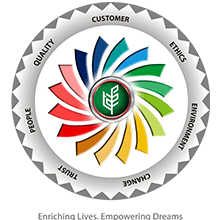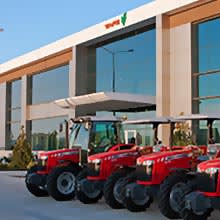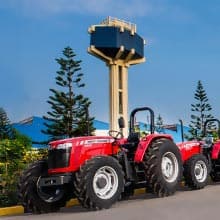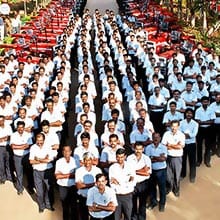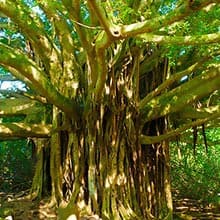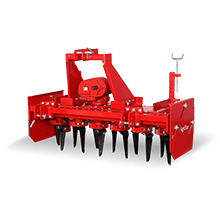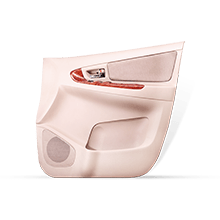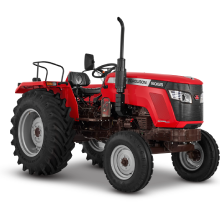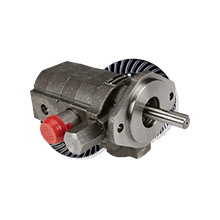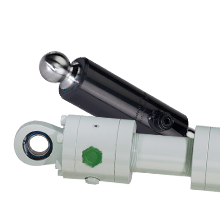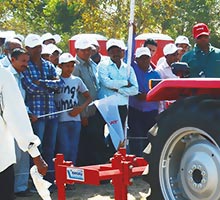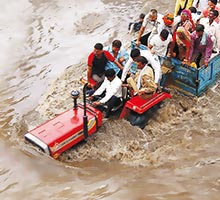Farmers are big fans of rainy season. According to them, rain comes at the right time after a long season of dry weather. It helps in preparing the soil, which in turn, brings them better crop productivity. However, soil erosion is common after a heavy rainfall. It is a result of poor land and resource management and that is why it is important to talk about adopting erosion control structures for agricultural lands. Soil erosion happens when the water or wind detaches and removes soil particles, which leads to the deterioration of soil and water quality, which, in turn, affects agricultural land productivity.
Erosion control structures for agricultural lands come as a package that includes measures to control erosion and its after-effects. The most common and popular erosion control measure practised is terracing or bunding. It is adopted in different ways in regions with diverse physiographic and climatic conditions. Bunding or terracing can be defined as putting up physical barriers across the land slope to minimise the slope length and degree at necessary places. There are several types of bunds used for controlling soil erosion.
- Contour bunds: Bunds build along the contours or within allowed deviations from contours.
- Side bunds: Bunds build at the ends of the contour bunds that run along the slope.
- Lateral bunds: Bunds build along the slope between two side bunds.
- Supplement bunds: Bunds build between two contour bunds
Lateral bunds: Bunds build along margins of the watershed, road margins, gully margins.
Another common erosion control measure is plant residue management. This method works by intercepting raindrops. By doing so, there will be a reduced surface runoff, which, in turn, prevents the detachment of soil surface particles caused by heavy raindrops. Crop residue ensures soil cover after harvest, enhance crop production during the offseason, improves soil water intake and minimises surface runoff.
Soil erosion harms soil productivity, which, in turn, negatively impacts crop growth because crops won’t grow efficiently without root growth, soil water availability, and plough layer fertility. Sometimes farmers might not know how to handle such problems. For more information, click here.
References
https://crops.extension.iastate.edu/encyclopedia/soil-erosion-agricultural-production-challenge
https://www.sciencedirect.com/science/article/pii/S2095633920300216
https://www.sciencedirect.com/science/article/abs/pii/S0166248108700679
Singh Gurmel, Venkataraman, C., Sastry G, Joshi, B.P, Manual of Soil and Water Conservation Practices (2019), Oxford & IBH

